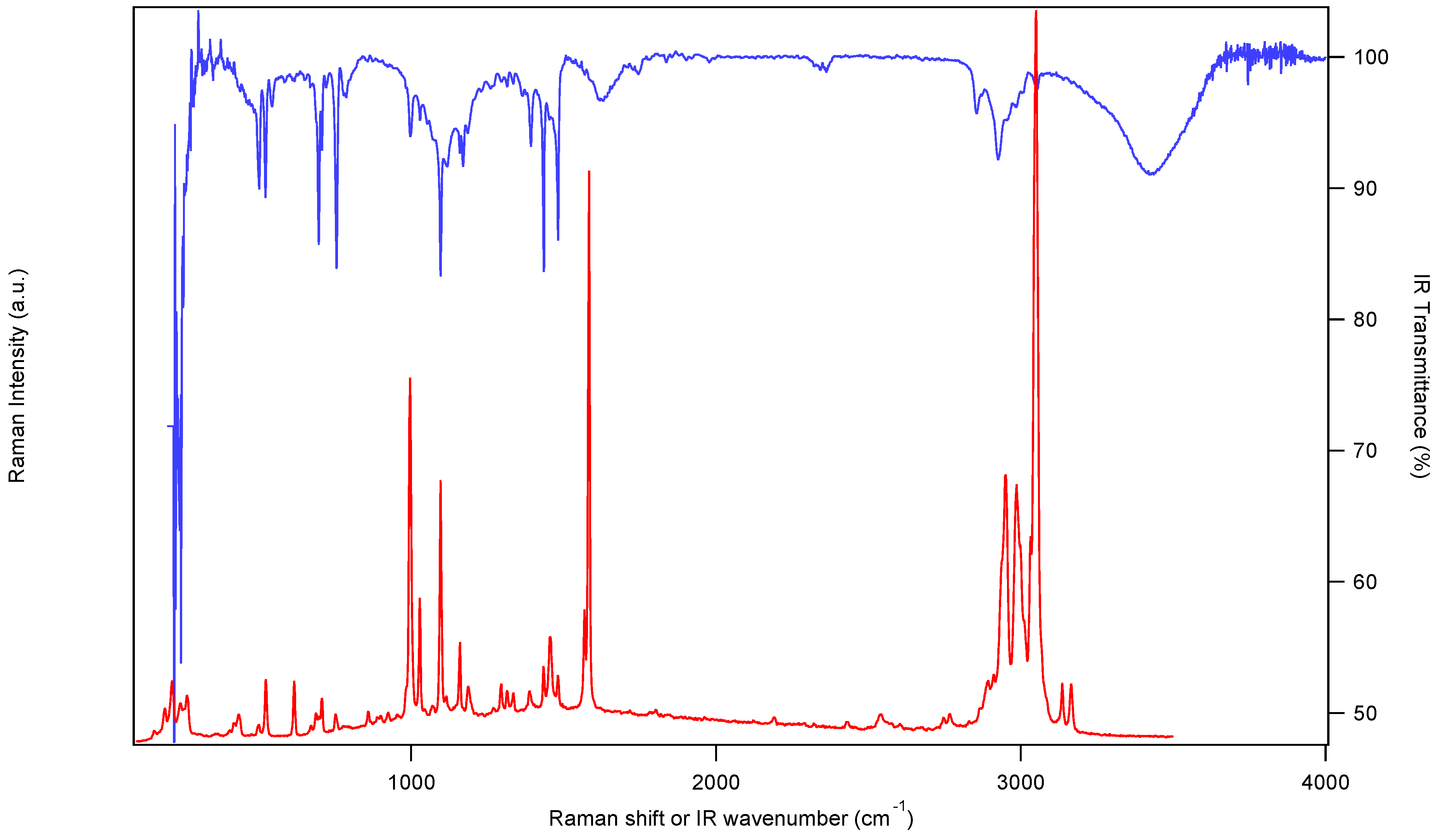Tetraethylammonium tribromo(triphenylphosphine)nickelate(II)
Abstract
:1. Introduction
2. Results
3. Materials and Methods
Supplementary Materials
Author Contributions
Funding
Institutional Review Board Statement
Informed Consent Statement
Data Availability Statement
Acknowledgments
Conflicts of Interest
References
- Davies, J.E.; Gerloch, M.; Phillips, D.J. Phosphine π-acceptor properties in dihalogenobis(triphenylphosphine)-nickel(II) and -cobalt(II). J. Chem. Soc. Dalton Trans. 1979, 1836–1842. [Google Scholar] [CrossRef]
- Gerloch, M.; Hanton, L.R. Donor and acceptor properties of triphenylphosphine ligands in trigonally distorted tetrahedral NiPX3− chromophores (X = bromine, iodine). Inorg. Chem. 1981, 20, 1046–1050. [Google Scholar] [CrossRef]
- Hanton, L.R.; Raithby, P.R. Tetraphenylarsonium Tribromo(triphenylphosphine)nickelate(II). Acta Cryst. 1980, 36, 2417–2419. [Google Scholar] [CrossRef]
- Smith, M.C.; Davies, S.C.; Hughes, D.L.; Evans, D.J. Tetraethylammonium trichloro(triphenylphosphine)nickelate(II). Acta Cryst. 2001, 57, m509–m510. [Google Scholar]
- Sacconi, L.; Mani, F.; Bencini, A. Chapter 50 Nickel. In Comprehensive Coordination Chemistry, 1st ed.; Wilkinson, G., Gillard, R., McCleverty, J., Eds.; Pergamon Press: Oxford, UK; New York, NY, USA, 1987; Volume 5, p. 62. [Google Scholar]
- Allender, G.; Smith, H.D. Five-Coordinate Ni(II) Complexes of 1,2-Bis(diphenylphosphino) o-carborane. Inorg. Chim. Acta 1978, 26, L38. [Google Scholar] [CrossRef]


| Compound | X-Ni-X [°] | X-Ni-X [°] | X-Ni-X [°] |
|---|---|---|---|
| [NiBr3(PPh3)][Et4N] a | 110.6 | 113.2 | 117.0 |
| [NiBr3(PPh3)][Ph4As] b | 110.6 | 113.8 | 116.8 |
| [NiCl3(PPh3)][Et4N] c | 114.6 | 114.6 | 114.6 |
| Raman Spectrum | Raman Spectrum (cont.) | IR Spectrum |
|---|---|---|
| 157 | 1097 s | 501 |
| 192 | 1116 w | 523 |
| 216 | 1160 | 544 |
| 243 | 1296 | 697 s |
| 264 | 1314 | 708 |
| 405 | 1335 | 755 s |
| 419 | 1389 | 784 b |
| 435 | 1434 | 998 |
| 500 | 1457 | 1029 |
| 524 | 1481 | 1098 s |
| 617 | 1569 | 1118 b |
| 672 | 1584 s | 1160 |
| 688 | 2541 b | 1171 |
| 698 | 2747 w | 1393 |
| 707 | 2767 w | 1435 s |
| 751 | 2865 w | 1482 |
| 761 | 2891 w | 1620 b |
| 890 b | 2919 w | 2855 |
| 901 b | 2938 | 2925 b |
| 925 | 2951 | 3054 |
| 954 w | 2987 b | 3430 s,b |
| 996 s | 3033 | |
| 1029 | 3050 s | |
| 1071 | 3136 |
Publisher’s Note: MDPI stays neutral with regard to jurisdictional claims in published maps and institutional affiliations. |
© 2022 by the authors. Licensee MDPI, Basel, Switzerland. This article is an open access article distributed under the terms and conditions of the Creative Commons Attribution (CC BY) license (https://creativecommons.org/licenses/by/4.0/).
Share and Cite
Baril-Robert, F.; Bélanger-Desmarais, N.; Reber, C. Tetraethylammonium tribromo(triphenylphosphine)nickelate(II). Molbank 2022, 2022, M1366. https://doi.org/10.3390/M1366
Baril-Robert F, Bélanger-Desmarais N, Reber C. Tetraethylammonium tribromo(triphenylphosphine)nickelate(II). Molbank. 2022; 2022(2):M1366. https://doi.org/10.3390/M1366
Chicago/Turabian StyleBaril-Robert, François, Nicolas Bélanger-Desmarais, and Christian Reber. 2022. "Tetraethylammonium tribromo(triphenylphosphine)nickelate(II)" Molbank 2022, no. 2: M1366. https://doi.org/10.3390/M1366






